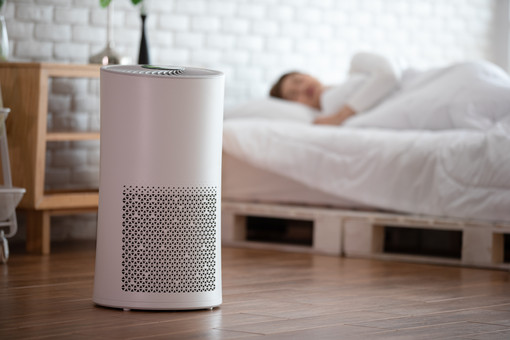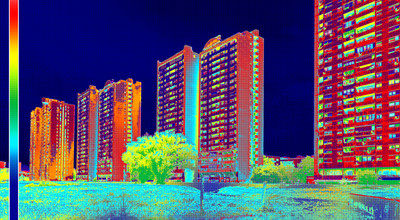written by Olli Seppänen, President of FINVAC, former REHVA President
With the corona pandemic, people are more and more concerned about the quality of breathing air, especially recently, following new evidence on SARS-CoV-2 airborne transmission and the general recognition of long-range aerosol-based transmission.
The concentration of viral particles and droplets in the room air can be reduced by increasing ventilation rates, and so does the risk of infection. The concentration can also be reduced by cleaning the existing air in the room by using portable air cleaners and purifiers. Though, it is important to make sure that the chosen devices are both effective and safe. Of course, this is something that consumers of such devices cannot ensure by themselves. This is entirely up to product data given by the company that brings the product to the market. When product and testing standards are not in place, the quality and the performance of the product cannot be guaranteed. In the case of a product whose real performance does not have any opportunity for consumers to assess, it would really be necessary for society to take a step towards controlling and reporting the performance data of the products. A method of doing so, could be similar to the markings of refrigerators or other household appliances.
To be effective, the air purifier must be sufficiently efficient in relation to the volume of the room to be cleaned, i.e. the airflow passing through the device must be at least 1-2 times the room volume per hour. However, the effectiveness depends on the so-called “clean air delivery rate” which is the air flow multiplied by the removal efficiency of the cleaner. However, with HEPA and similar filters, the efficiency is almost 100%, so the amount of air flow through the cleaner is the most critical parameter.
The added value of portable cleaners on indoor air quality depends largely on the current ventilation rate of the room. If the ventilation rate is low as in residential settings (0.5-1 l/h) or higher as in classrooms (4-5 l/h), then the effect of the device is completely different. The purifier, which produces a clean airflow equivalent to 1-2 room volumes per hour, is effective in a living room or a bedroom, but almost insignificant in a classroom.
The noise produced by the cleaner is another parameter to consider, and it should be as low as possible, as it might be quite disturbing in some cases. The issue here is that high noise levels can make occupants to use the cleaner less. In this respect, sometimes, product information can be misleading; for example, displaying the noise levels when the device is operating at minimum power – hence, providing the lowest airflow rate - and the capacity (e.g. l/s or m3/h) of the highest airflow on “full-power mode”.
The air purifier can, paradoxically, also degrade air quality. “Dirt” and bacteria that accumulate on the filters can be released back into the room. Proper operation requires the replacement of filters and other parts periodically, which also requires the availability of these filters and other spare parts in the market. For electrostatic air cleaners, the main concern is the ozone generation. The test results for these devices, which use high voltage for air cleaning, must also contain information about ozone production levels. In the case of chemically reactive purifiers, including those that use photocatalytic oxidation, it must be ensured that the reaction products are not harmful. For this, test methods are needed. The test methods must also correspond as far as possible to practical situations, e.g. in the placement of the purifier under test conditions. Room air “ionizers” and other equipment that directly “disinfect” room air would require respective test methods.
The use of ultraviolet radiation to kill viruses has become increasingly important as a means of controlling the coronavirus. UV radiation with a wavelength of 254 nm seems to be the most effective, whilst the intensity of the radiation and the exposure time of the viruses to the radiation must be sufficient. In principle, UV irradiation can be accomplished in a room, either with a UV installation in an air duct or with a use of a respective portable device. UV irradiation can be carried out directly in the room, but there might still be some blind spots due to geometry and furniture. Radiation only reaches those virus particles that move with the air currents into the irradiated area, and thus, the air currents affect the efficiency of UV irradiation in a room. A last thing that should always be kept in mind is that UV, is harmful for the eyes, so they should never be directly exposed to the UV source.
Business interest in the development and sale of air purifiers is growing due to the prevalence of viral infections and increasing awareness about indoor air quality. While this is an encouraging sign, care should be taken to ensure that the equipment available on the market is safe and its use contributes to improved indoor air quality. For this to happen, specific criteria are needed. Ideally, product development could be based on multidisciplinary collaboration, having health considerations as a starting point.
The original article was published on FINVAC website on 13 October 2020.



